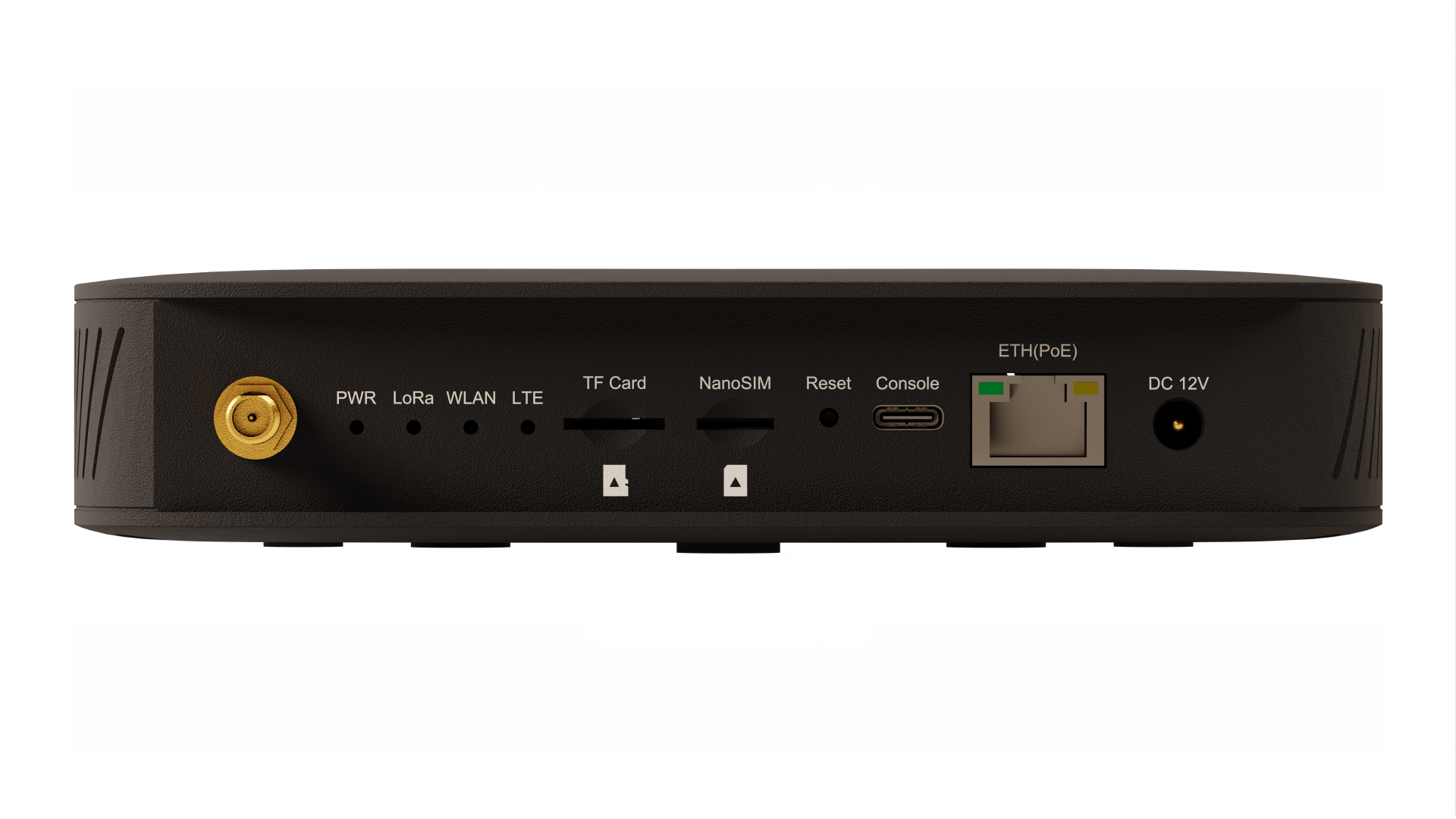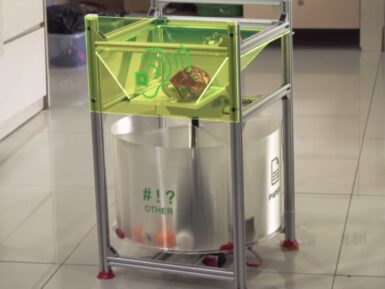
WisGate Edge Lite 2
Boost your industrial IoT solutions with a reliable and secure gateway for LoRaWAN® connectivity with deep indoor coverage, even in multi-story buildings.
Overview
The Arduino Pro WisGate Edge Lite 2 powered by RAKwireless™ ensures secure and reliable connectivity for a wide range of professional applications and is suitable for medium-sized to wide area coverage in industrial environments. Its deep coverage indoors makes it ideal for applications in multi-story buildings – such as apartment buildings, multi-level parking lots and factories.
It offers an intuitive out-of-the-box user experience for easy setup and diagnostics, as well as exhaustive tutorials and technical documentation, and comes with an enclosure designed for efficient cooling and optional DIN rail mounting.

Complementing the MKR and Portenta SOM boards, the Arduino IoT Cloud platform and the other LoRa® components in the Arduino ecosystem, WisGate Edge Lite 2 enables you to create and deploy complete and industrialized IoT/IIoT and I4.0 applications – wrapping both RAKwireless™’s specific expertise and Arduino’s smooth user experience into high-quality solutions that connect your LoRa® devices better than ever, from smart cities to logistics and building automation.
Key benefits include:
- Secure Ethernet, Wi-Fi or LTE connectivity
- Rapid setup and diagnostics, backup and data logging thanks to SD card slot
- Deep coverage indoors, ideal for multi-story buildings
- Enclosure designed for efficient cooling; it allows for wall and DIN rail mounting (optional)
- WisGateOS, powered by RAKwireless™, based on open source OpenWRT and fully customizable
- Ideal to implement private networks directly connected to cloud platforms; compatible with public networks
- Limited cabling for installation thanks to Power over Ethernet (POE)
- Comprehensive technical documentation by RAKwireless™
Looking for an outdoor gateway for LoRaWAN® connectivity?
Check out WisGate Edge Pro, designed to bring the same ease-of-use and reliability to your outdoor applications.

Need Help?
Check the Arduino Forum for questions about the Arduino Language, or how to make your own Projects with Arduino. If you need any help with your product, please get in touch with the official Arduino User Support as explained in our Contact Us page.
Warranty
You can find your board warranty information here.
Tech specs
| Processor | MT7628, DDR2 RAM 128 MB 32 MB flash memory |
| LoRa® |
|
| Interfaces |
|
| Connectivity |
|
| Dimensions / Weight |
|
| Software Features |
|
| Antennas | LoRa® with RP-SMA connector LTE Internal antenna Wi-Fi Internal antenna |
| Certifications | CE, FCC, ACMA/RCM, UKCA IP 30 rating |
Conformities
Learn more
Get Inspired

Debug your C33 with few steps

In July 2023, Samuel Alexander set out to reduce the amount of trash that gets thrown out due to poor sorting practices at the recycling bin. His original design relied on an Arduino Nano 33 BLE Sense to capture audio through its onboard microphone and then perform edge audio classification with an embedded ML model to automatically separate materials based on the sound they make when tossed inside. But in this latest iteration, Alexander added several large improvements to help the concept scale much further. Perhaps the most substantial modification, the bin now uses an Arduino Pro Portenta C33 in combination with an external Nicla Voice or Nano 33 BLE Sense to not only perform inferences to sort trash, but also send real-time data to a cloud endpoint. By utilizing the Arduino Cloud through the Portanta C33, each AI-enabled recycling bin can now report its current capacity for each type of waste and then send an alert when collection must occur. While not as practical for household use, this integration could be incredibly effective for municipalities looking to create a network of bins that can be deployed in a city park environment or another public space. Thanks to these upgrades, Alexander was able to submit his prototype for consideration in the 2023 Hackaday Prize competition where he was awarded the Protolabs manufacturing grant. To see more about this innovative project, you can check out its write-up here and watch Alexander’s detailed explanation video below.









